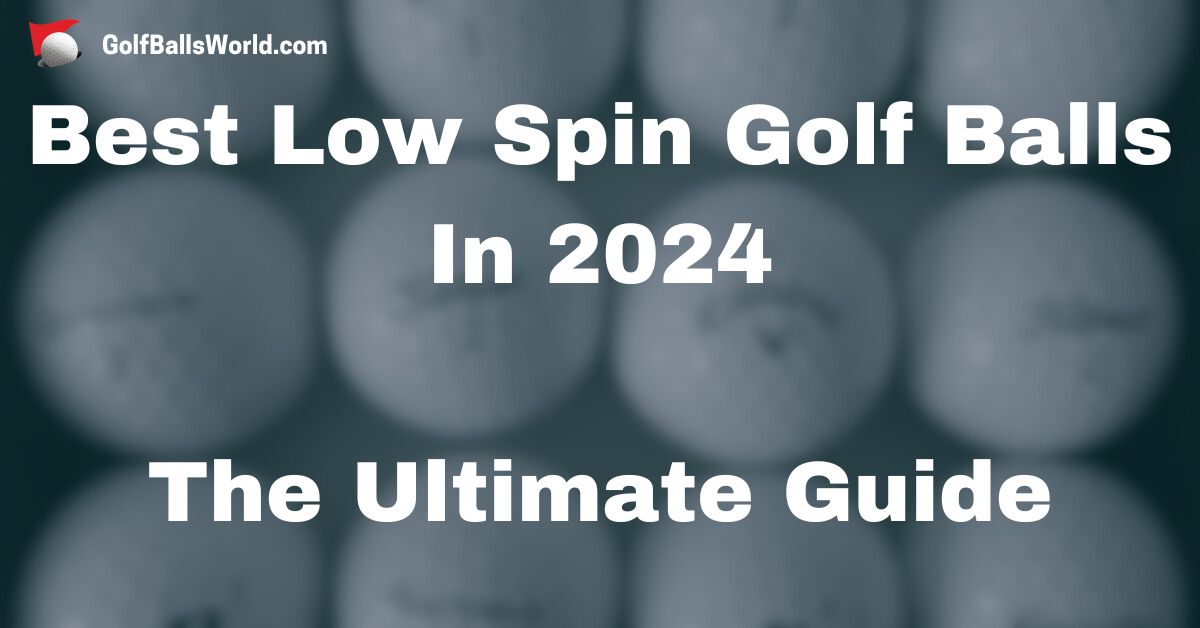There is a little chance you have not heard of spin talk if you ever followed any golf experts or media. Even then, most of the talk is about balls with higher spinning rates. But what about low-spinning balls? Do they matter at all? The short answer is yes, they do matter. Keep reading and you will find the best low-spin golf balls in 2024. Also, you will find out why they matter.
Low-spin balls can be beneficial for multiple reasons. Starting from longer distances off the tee to straighter shots for various categories of golfers. However, you already landed on this page, meaning you have an idea why you want a low-spin golf ball. So, let’s start.
The Best Low Spin Golf Balls In 2024
Callaway Supersoft
Best for: Soft Feel
Callaway’s most popular golf ball is not going to disappoint you. It is one of the softest balls on the market.
More importantly, it is a very decent performing ball. On top of all, you can get it at a very reasonable price.
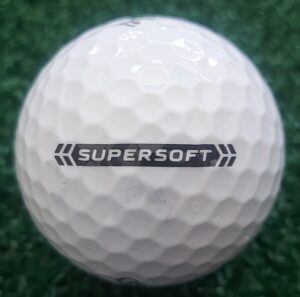
PROS
-
Distance
-
Durability
-
Price
CONS
-
Less Short Game Spin
-
Not for Fast Swing Speeds
Srixon Q-Star Tour
Best for: Mid Range Solid Performer
This ball falls in the middle of the pack category. It is a three-piece ball made to be an alternative to top premium balls.
With its softer construction compared to the premium ones it will give you a nice feel, and performance, and comes at a lower price than the top tier ones.
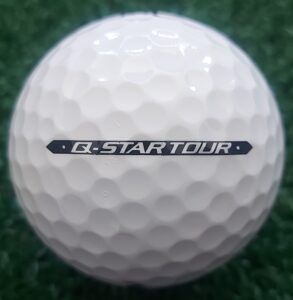
PROS
-
Distance
-
Decent Greenside Spin
-
Price
CONS
-
Not for Fast Swing Speeds
Titleist AVX
Best for: Soft Feel Premium
The cheapest Titleist premium golf ball is known for its soft feel, low spin for longer distances, and solid greenside control.
It is the ball that spins the most on this list, but it is a low spinner in the premium category. This edition came with improvements and it is very popular among recreational golfers.
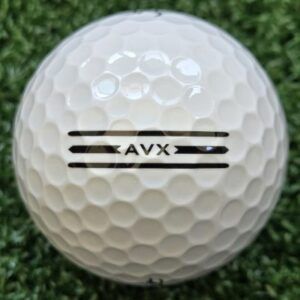
PROS
-
Durability
-
Soft Feel
-
Straighter Flight
CONS
-
Less Greenside Spin Compared to Premium Golf Balls
Titleist Velocity
Best for: Distance
If you are a pure distance seeker, this might be the ball for you. The low-spin across the board will give you extra total distance.
Also, this ball has exceptional durability which will help you to stay on budget. It is not the cheapest two-piece golf ball, but it is a solid performer.
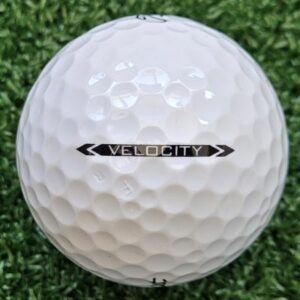
PROS
-
Distance
-
Durability
CONS
-
Low Short Game Spin
Wilson Duo Soft
Best for: Price
Along with the Callaway Supersoft, this ball is among the softest on the market. I mean, that marshmallow feel when hitting it.
The price is its strongest suit. Besides it being extremely budget-friendly, you can often find it on deals and discounts.
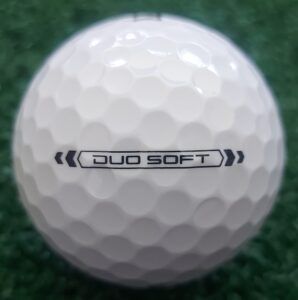
PROS
-
Distance
-
Price
-
Soft Feel
-
Straight Flight
CONS
-
Low Greenside Spin
-
Not for Faster Swing Speeds
What Makes a Low Spin Ball Different?
Low-spin golf balls are designed with specific features to set them apart from high-spin balls. That does not necessarily mean some drastic change, it is all in the details. Starting from the core which is constructed with different materials which promotes lower spinning.
Besides the core, there are cover materials and dimple patterns. Ionomer covers are firmer and spin less than urethane covers which are softer and promote hither spin. However, there are balls made with urethane covers that spin lower due to the lower compression core and dimple pattern.
Then there are the layers. Multi-layered balls tend to spin more, especially if their compression is medium to high. The mantle, the layer between the core and cover, is often tweaked to enhance distance while managing spin. This way the ball can travel far with a piercing trajectory that remains stable in windy conditions.
Modern technology is allowing the balls to offer less spin without sacrificing control. Nowadays low spin balls provide balance while offering sufficient control on approach shots and around the green. Nonetheless, there are different kinds of low-spin golf balls. Some spin less across the board, including short game and greenside spin, while others spin lower off the tee while still offering a decent amount of short game and greenside spin.
Low Spin Golf Ball Pros and Cons
Any golf ball on the market has some good characteristics, but also some not-so-good ones. Depending on what you are after, you will see things differently. Anyway, we are talking about low-spin balls, therefore, let’s look at the pros and cons.
Pros
- Distance: Generally, they travel farther off the tee because reduced spin results in less drag, allowing the ball to maintain speed and carry a longer distance. Also, the ball will roll more upon landing, further increasing the total distance.
- Straighter Flight: Less spin can help by straightening the flight and reducing the severity of slices and hooks. This leads to more accuracy for players struggling with side spin.
- Stability in Windy Conditions: These balls are less affected by wind, providing more predictable flight paths in windy conditions.
- Lower Flight Trajectory: They tend to have a lower, more penetrating ball flight, which can be advantageous in certain playing conditions.
Cons
- Less Backspin: This can make it harder to stop the ball quickly on the green. It can be a disadvantage for players who rely on spin for control around the greens.
- Short Game Spin: Chips and pitches might be more difficult to execute precisely as the ball won’t spin as much, reducing control and stopping ability.
- Approach Shots: The lower trajectory can be a disadvantage when trying to clear obstacles or land softly on elevated greens.
- Reduced Feel: Some golfers prefer the feel and feedback of higher spin balls, especially around the greens, and may find low spin balls less responsive.
Who Can Benefit the Most From Low-Spin Balls?
Certain groups of golfers can benefit from low-spin balls:
- Distance Seekers: Golfers looking to maximize their driving distance may take advantage of low-spin balls.
- High Handicappers: Anyone who struggles with slices and hooks might benefit from the straighter shots offered by low-spin balls.
- Windy Conditions: Players who frequently play in windy conditions may prefer the stability of low-spin balls.
How to Choose the Right One?
Choosing the right golf ball can be both a tricky and fun process. Yes, there are technical things to take into consideration, but the ultimate choice is going to be the player’s. Even if you go for custom fitting, the data may be showing which the best ball is, but you might prefer the feel of another one.
The most important thing is that you find the ball that suits your game and you feel comfortable with. Things like feel off the clubface and sound can be as important as the ball’s performance. Sometimes trial and error will be the path, that is if you have the budget and time to sustain it. Narrowing down your options will help a lot, especially if you fit yourself.
Whichever way you go, there is a good chance your game will improve and your scores will lower when you find it.
What Is the Main Reason You Play a Low-Spin Ball? Share below!

